As a seasoned cryptocurrency enthusiast, I’ve been closely following the ever-evolving landscape of the digital asset market. Amidst the volatility and innovation, one cryptocurrency that has piqued my interest is Cardano (ADA). With the crypto industry’s continuous fluctuations, the question on many investors’ minds is is Cardano a good investment. In this comprehensive analysis, I’ll delve into Cardano’s potential, examine the factors influencing its price, and offer a balanced perspective on the future of this intriguing blockchain platform.
Understanding Cardano: Beyond the Surface
Cardano is a blockchain platform that stands out for its academic research-driven approach and commitment to sustainability. Unlike some of its more impulsive counterparts, Cardano was founded by Charles Hoskinson, a co-founder of Ethereum, who envisioned a more methodical and scalable blockchain solution.
One of Cardano’s unique selling points is its Proof-of-Stake (PoS) consensus mechanism, which is more energy-efficient than the traditional Proof-of-Work (PoW) used by Bitcoin and Ethereum. This aligns with the platform’s focus on environmental sustainability, a growing concern among eco-conscious investors.
Cardano’s development roadmap is divided into several phases, each with a specific focus. The Shelley phase, which launched in 2020, introduced staking and delegation capabilities, allowing users to earn rewards for participating in the network. The Goguen phase, which followed in 2021, brought smart contract functionality to the Cardano blockchain, enabling the creation of decentralized applications (dApps) and expanding the platform’s use cases.
Looking ahead, the upcoming Basho phase aims to enhance Cardano’s scalability and interoperability, ensuring the network can handle the increasing demand for its services. These carefully planned updates, combined with Cardano’s research-driven approach, have garnered significant interest from investors and developers alike.

Cardano’s Potential: Unlocking New Frontiers
Cardano’s potential extends far beyond being just another cryptocurrency. The platform’s versatility allows for the development of a wide range of applications, from decentralized finance (DeFi) solutions to non-fungible tokens (NFTs) and blockchain-based identity systems.
One of Cardano’s high-profile partnerships is with the government of Ethiopia, which has implemented a blockchain-based student ID system on the Cardano network. This real-world application demonstrates the platform’s ability to address pressing societal challenges and provide tangible benefits to end-users.
Moreover, Cardano’s ecosystem is rapidly expanding, with a growing number of decentralized exchanges, lending platforms, and other dApps being built on the network. These developments, coupled with Cardano’s partnerships with various organizations, hint at the platform’s potential to become a dominant player in the blockchain industry.
As an investor, I’m particularly intrigued by Cardano’s focus on practical use cases and its commitment to addressing real-world problems. This suggests the platform’s ability to drive mainstream adoption, which could translate into long-term growth and increased demand for its native token, ADA.
Analyzing Cardano’s Price: Factors to Consider
The price of Cardano’s native token, ADA, is influenced by a variety of factors, both within and beyond the Cardano ecosystem. As a thoughtful investor, it’s essential to understand these key drivers to make informed decisions.
One of the primary factors is the overall sentiment in the cryptocurrency market. As we’ve seen, the broader market’s performance can significantly impact the price of ADA, as investor sentiments and risk appetites fluctuate.
Another crucial factor is the adoption and usage of the Cardano network. As more users and developers engage with Cardano’s applications, the demand for ADA is likely to increase, potentially driving up its price.
Developments within the Cardano ecosystem, such as the successful implementation of new features or network upgrades, can also positively influence ADA’s price. These milestones demonstrate the platform’s progress and can boost investor confidence.
Partnerships and integrations with governments, organizations, and companies can also play a role in Cardano’s price performance. Such collaborations can enhance the platform’s visibility and credibility, potentially leading to increased investor interest and price appreciation.
Finally, the regulatory environment, both at the national and international levels, can have a direct impact on the price of ADA and the overall cryptocurrency market. Keeping a close eye on regulatory changes is crucial for navigating the complexities of the crypto landscape.
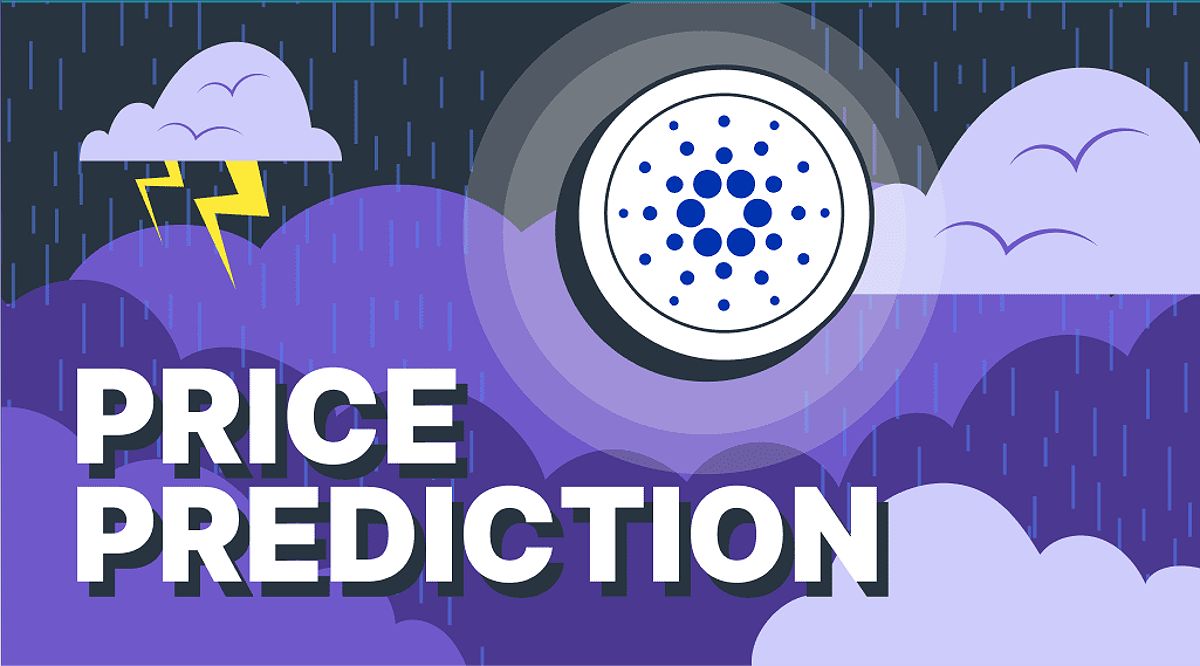
Cardano Price Predictions: A Balanced Perspective
The cryptocurrency community has diverse perspectives on Cardano’s future performance. While some experts are optimistic, others remain cautiously skeptical.
According to DigitalCoinPrice, ADA could reach a maximum price of $1.03 in 2024, with an average price of $0.65 for the year. PricePrediction.net, on the other hand, forecasts a more bullish scenario, predicting ADA could climb as high as $2.15 in 2024, with an average price of $1.29.
Looking further ahead, Telegaon analysts believe Cardano could reach a high of $3.14 in 2025 and potentially soar to between $7.78 and $9.08 by 2030. However, it’s important to note that these predictions are subject to change and should be viewed as speculative rather than guaranteed outcomes.
As a seasoned investor, I always approach such forecasts with a healthy dose of skepticism. While these predictions provide valuable insights, the crypto market’s inherent volatility means that actual price movements may deviate significantly from these forecasts. It’s crucial to maintain a long-term perspective and evaluate Cardano’s performance based on its underlying fundamentals, rather than relying solely on short-term price predictions.
Comparing Cardano to Ethereum: Assessing the Differences
While Cardano and Ethereum share some similarities as blockchain platforms, there are also notable differences that investors should consider.
One key distinction is the approach to development. Ethereum has prioritized rapid innovation and deployment, often leading to network upgrades that have caused disruptions for users. In contrast, Cardano takes a more methodical, research-driven approach, which may result in a slower development process but potentially greater long-term stability.
Another difference lies in the consensus mechanisms. Ethereum currently uses a Proof-of-Work (PoW) system, which is energy-intensive, while Cardano employs a Proof-of-Stake (PoS) protocol, which is more environmentally friendly.
When it comes to use cases, both platforms support smart contracts and decentralized applications, but Cardano has positioned itself as a leader in areas such as digital identity and supply chain management. This focus on real-world applications could give Cardano an advantage in certain industries.
As an investor, I appreciate Cardano’s thoughtful approach to development and its emphasis on practical use cases. While Ethereum’s rapid innovation may appeal to some, Cardano’s methodical strategy and environmental sustainability could resonate with investors seeking a more stable and sustainable blockchain solution.
Is Cardano a Good Investment? Weighing the Risks and Rewards
Determining whether Cardano is a good investment requires a careful evaluation of both the potential risks and rewards.
On the risk side, Cardano, like any cryptocurrency, is subject to the inherent volatility of the crypto market. The platform also faces competition from other established blockchain platforms, which could limit its growth and adoption. Additionally, Cardano’s reliance on peer-reviewed research and a methodical development approach may cause it to fall behind more agile competitors in the short term.
However, the potential rewards of investing in Cardano are compelling. The platform’s focus on security, scalability, and interoperability could position it as a leading contender in the blockchain space. Cardano’s staking mechanism also allows investors to earn passive income by holding ADA tokens, potentially enhancing the overall investment returns.
As an experienced investor, I believe that Cardano’s long-term potential outweighs the associated risks, provided that investors approach it with a well-diversified strategy and a long-term perspective. By employing investment strategies such as dollar-cost averaging and diversifying your crypto portfolio, you can effectively mitigate the risks and potentially capitalize on Cardano’s growth.
FAQ
Q: How high can Cardano go?
A: Based on the price predictions discussed, Cardano (ADA) has the potential to reach between $7.78 and $9.08 by 2030, according to Telegaon’s analysis. However, it’s important to note that these forecasts are speculative, and the actual price performance of ADA may vary depending on various market factors. As an investor, I always recommend maintaining a long-term perspective and focusing on Cardano’s underlying fundamentals rather than relying solely on short-term price predictions.
Q: Is Cardano a good investment for beginners?
A: Cardano can be a suitable investment for beginners, but it’s crucial for them to thoroughly research the platform, understand the associated risks, and develop a long-term investment strategy. Beginners should also consider starting with a small investment and gradually building their position as they gain more experience in the cryptocurrency market. It’s essential to remember that investing in any cryptocurrency, including Cardano, requires a thorough understanding of the market and a well-diversified portfolio.
Q: What are the best ways to buy Cardano?
A: Cardano (ADA) can be purchased through reputable cryptocurrency exchanges, such as Binance, Kraken, and Coinbase. Investors can also consider using decentralized exchanges (DEXs) like UniSwap or PancakeSwap to acquire ADA tokens. When choosing an exchange, it’s vital to research the platform’s security, fees, and user experience to ensure a smooth and secure transaction.
Conclusion
As I’ve explored in this in-depth analysis, Cardano’s unique approach to blockchain development, its focus on security, and its expanding ecosystem make it a cryptocurrency worth considering for long-term investors. While the platform faces some challenges, including competition and regulatory uncertainties, the potential rewards of investing in Cardano could outweigh the risks for investors with a robust risk management strategy and a long-term perspective.
As the cryptocurrency market continues to evolve, Cardano’s ability to adapt and innovate will be crucial in determining its future performance. As an investor, I’ll be closely monitoring the platform’s development roadmap, partnerships, and regulatory landscape to make informed decisions aligned with my investment goals and risk tolerance.
Ultimately, whether Cardano is a good investment depends on the individual investor’s risk tolerance, investment horizon, and strategic goals. By carefully evaluating the potential risks and rewards, investors can make a well-informed decision on the role of Cardano in their cryptocurrency portfolio. As the Crypto Sage, I encourage you to approach this investment opportunity with a thoughtful and balanced perspective, always prioritizing your financial well-being and aligning your decisions with your unique investment objectives.

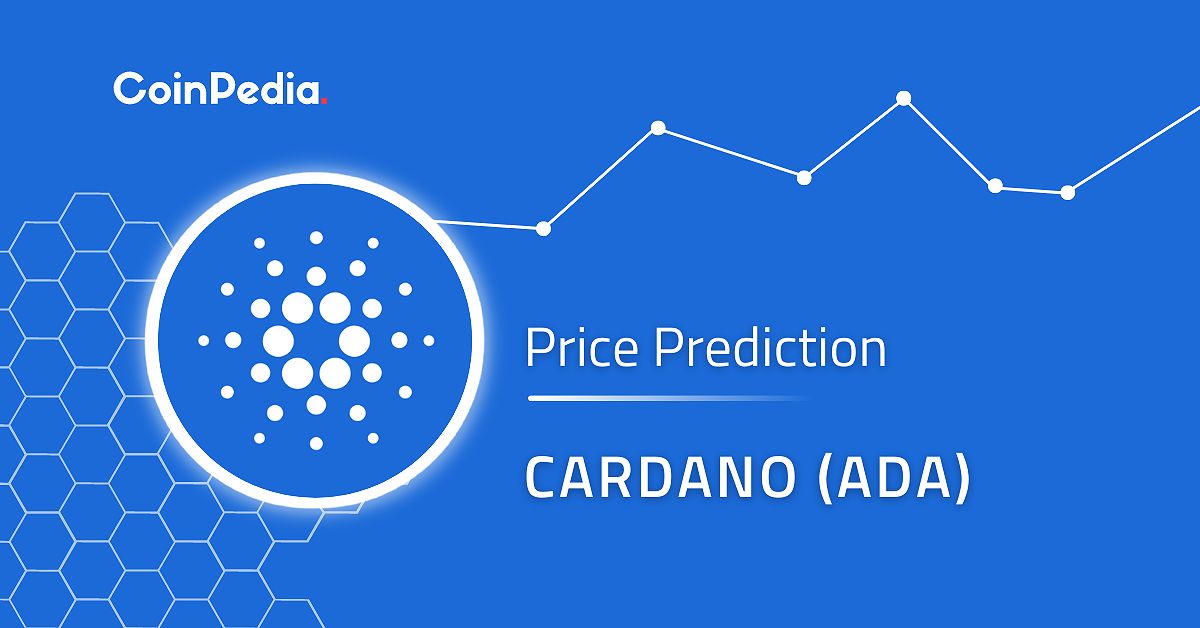

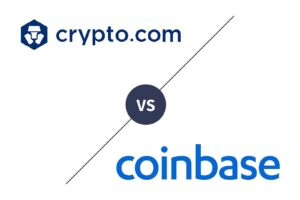








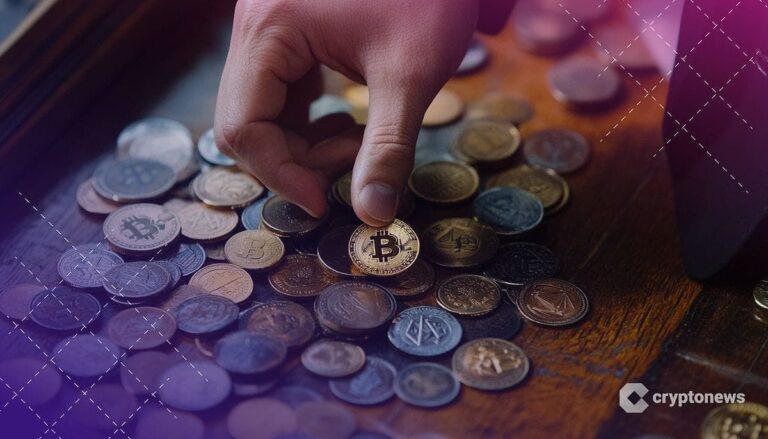
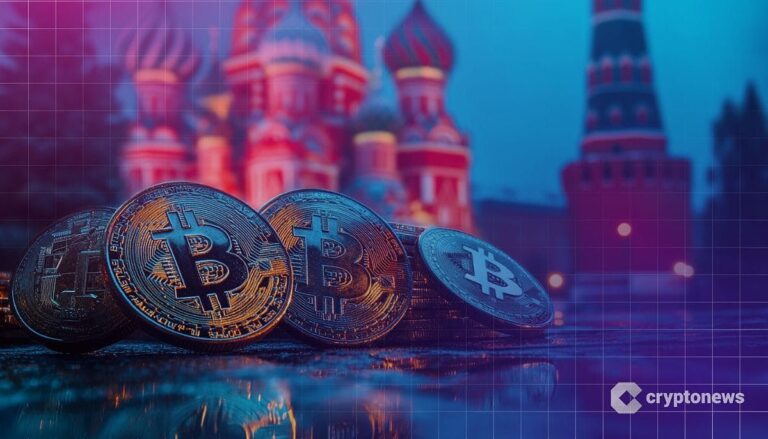
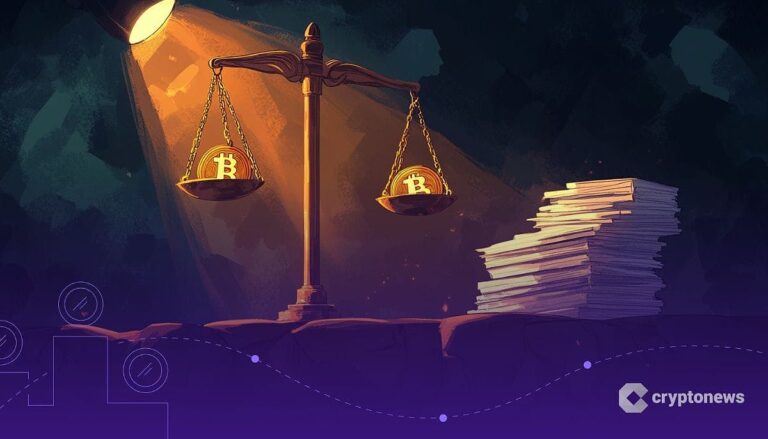


 Bitcoin
Bitcoin  Ethereum
Ethereum  Tether
Tether  XRP
XRP  Solana
Solana  USDC
USDC  Dogecoin
Dogecoin  Cardano
Cardano  TRON
TRON